This may not be true for all, but for many of us, we chose to teach middle school ELA because we love to read and/or write ourselves. We have directly witnessed the power a positive relationship with reading and writing can have on our lives, and we want to share that opportunity with every student who walks in the doors of our classrooms. That’s why if you were to ask me, “What do you hope for your students by the time the school year is over?” Part of my answer will always be, “I hope they like to read more now than they did at the beginning of the school year.”
Fostering a love, a like, or even an “I guess it’s okay” in response to reading doesn’t come by accident. If middle school ELA teachers focus too much on pushing reading curriculum without balancing time and space for independent reading, it is easily forgotten. Video games, sports, YouTube, and social media compete for students’ time and attention outside of the school day, so how can middle school ELA teachers plant enough seeds to keep a love of reading alive for easily-influenced adolescents.
This blog post contains ELEVEN different ways middle school ELA teachers can promote and foster independent reading in their classrooms. It would probably not be appropriate to implement all 11 strategies at once, and there’s a good chance you’re already doing some of these. My hope with writing this blog post is that 2-3 of these strategies speak to you, and you think, “I could totally do that!” Also, pay attention for the links to freebies that go along with some of these strategies so that you’re able to download and use with students right away.
ONE: Have Students Share Their Five Star Reads
At the end of each calendar year, I always see several of my Facebook friends share their list of books they read on GoodReads for the year. Many of them also share which of these books were their “five star reads.” On Instagram in the summer, so many teachers I follow share the books they’re reading and what they give it out of five stars and why. I can’t tell you how many times I have taken titles from these recommendations and added them directly to my Amazon cart.
Picking a book to read can feel so overwhelming and random to me as an adult. It feels the same way, and most likely is even magnified, for middle school students. That is why taking time for students to share their “five star reads” with each other could be a total game changer. I would recommend scheduling 4-5 days across the school year for students to select one of their “five star reads” from the previous 6-8 weeks and share that recommendation with others.
I created a Google Slides template to make this process super easy. You simply assign this presentation so all students can edit the same presentation on Google Classroom and assign students the number of the slide they will put their recommendation on. You could have all students share out their slide to the whole class one at a time, give students time to independently look through the recommendations, or have students explore the recommendations in small groups or partners.
Click here to download the free Google Slides template that has this format all ready to go for a class of your students.
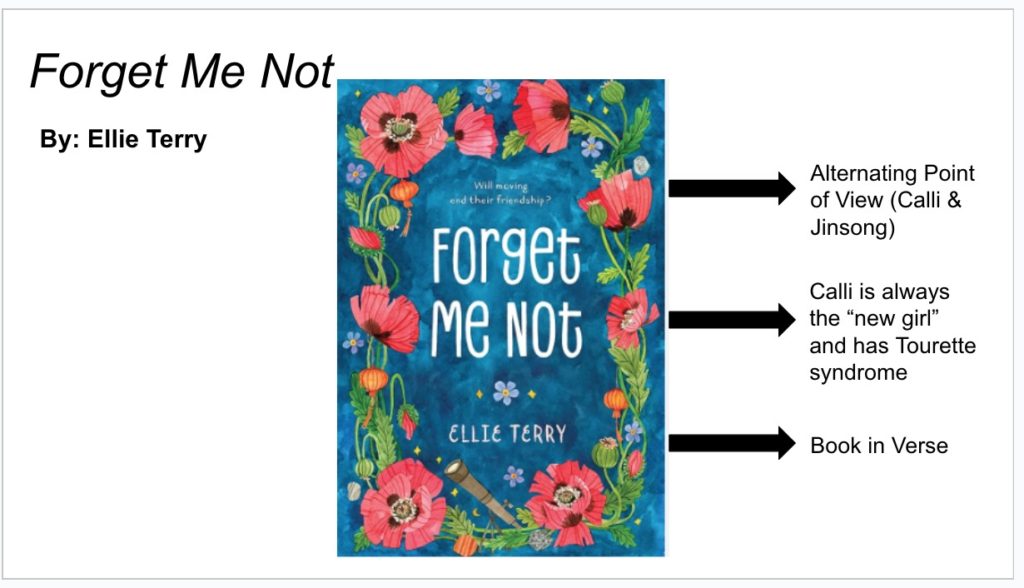
TWO: Use a Digital Reading Log and Post It on Google Classroom
I’m not a huge fan of reading logs, but I do think there’s value in having students track what they’re reading across the school year. The reading log that I use makes this process so easy. It’s a digital reading log made in Google Sheets that includes spots for the following information:
- Title of book or short article
- Author’s name
- Genre (there is a dropdown menu so students can select the genre from a list)
- Start date (students double click and a calendar pops up, and they just have to click on a date)
- End date (students double click and a calendar pops up, and they just have to click on a date)
- Pages
- Rating (there is a dropdown menu so students can select between a 1 star-5 star rating)
I post this reading log on Google Classroom at the beginning of the school year and “Make a copy for each student” so that each student has access to their own individual reading log. This makes it accessible to students and me throughout the whole school year. Students can’t lose it, and I can go peek at what students are reading at any point.
Also, it works great if you have students do any sort of reading goal setting or host a reading challenge by quarter or across the school year. If you do something like this, I highly encourage using number of pages read instead of total books read. This allows anything to “count” as reading. This Google Form also adds up the “Pages” column simply by highlighting it.
I’ve formatted this reading log to have space for 100 reading entries. I have students record all the books and short articles they read in ELA and any class, including read alouds and assigned small group books. Click here to download a free copy of this reading log.

THREE: Use Status of the Class
I have been using Status of the Class with my students for the last couple of school years, and I love it for reasons I would never have expected. The process I use for collecting the information on the status of the class is outlined below.
- I type in students’ names into the document and print multiple copies so that I don’t have to write students’ names every time.
- If it’s during a reading unit, I jot students’ book titles for the literature circles/guided reading/ book club book since I know what they’re reading. I sometimes will even type this into the document as well and print a copy out for each week of the reading unit. If it’s during a writing unit and students are each reading an independent reading book of their choice, I pass the document around on a clipboard on Mondays and have students jot their book title on it.
- Right before we’re going to start independent reading, I call out each student’s name, and students respond with the page number they’re on in their book. Also, if they switched books mid-week, they give me their new book title.
- I repeat this process weekly/daily.
Here are the benefits of using a status of the class check-in:
- It creates a community of readers. Students hear book titles other students are reading, and it creates natural conversation for students to ask each other about books.
- It allows me to give quick praise to students for making steady progress through their book, finishing a book, reading a bunch of from the day before, etc.
- It also allows me to identify students I need to check-in with individually who aren’t making progress through their book, have abandoned a ton of books, etc.
- I always know and have a pulse on the books students are reading.
Click here to download a free Google Doc status of the class template. Once you make your own copy and save it to your Google Drive, you just have to type your students’ names in, and it’s all set to go.
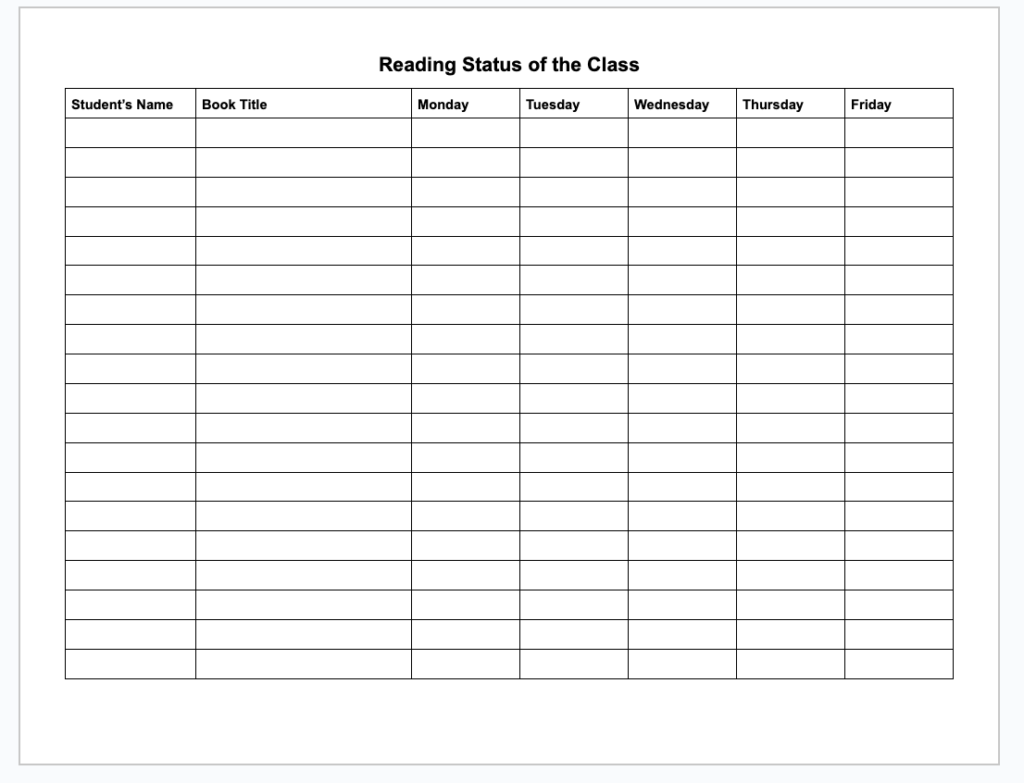
FOUR: Implement Mini Reading Conferences
5-7 minute reading conferences with every student every week would be fabulous, but instructional minutes for middle school ELA teachers don’t usually allow that to be a possibility. Talking to students about what they’re reading, however, is still important.
I developed this concept of the “Mini Reading Conference” that works like this:
- Print out one mini reading conference question at the beginning of each week and hand the question out to 4 students in each of my ELA classes.
- Students fill in the response to the question and turn it back into me.
- My goal is then to put students’ responses on my clipboard and check in with with each student for 1-2 minutes about their independent reading book before the week is over.
- The slips serve as a reminder to check in with specific students, and they also serve as a conversation starter for the reading conference.
If you’re interested in trying mini reading conferences out with your students this school year, sign up here. One mini reading conference will be sent to you each week for the next 38 weeks, along with detailed directions about implementation.
The more we talk to students and show interest in them as readers, the more risk they’re willing to take. It also adds another element to creating a reading culture in your classroom.
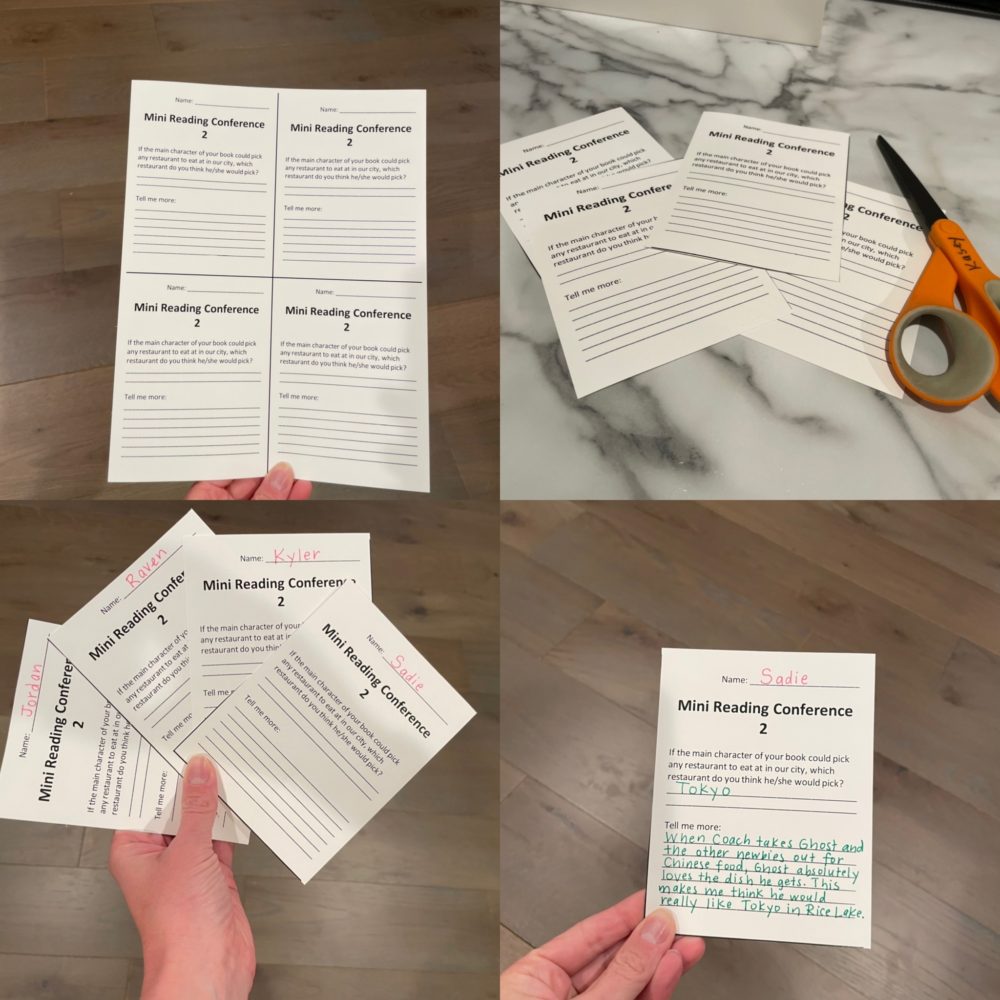
FIVE: Make an Anchor Chart to Set Expectations for Independent Reading
I know this suggestion isn’t the most glamorous, but creating a culture of independent reading in your classroom is REALLY hard to do if independent reading time is spoiled by student behaviors that make peaceful reading impossible.
That’s why it’s important to get your whole class on board with what the classroom environment for independent reading time should be like. The easiest way I’ve found to do this is by posting an anchor chart that stays up the entire school year. A the beginning of the school year, I use the anchor chart EVERY TIME before students begin independent reading to review what the expectations are during independent reading time. After independent reading time is over, I go back through the expectations and use our classroom management system (positive behavior tallies) to have students independently self-assess how they did with following expectations.
Once students get the hang of what independent reading time sounds like, looks like, and feels like, I ease off of reviewing the anchor chart before and after as the school year progresses. It’s there to quickly reference though as needed, and I find myself referring to it often.
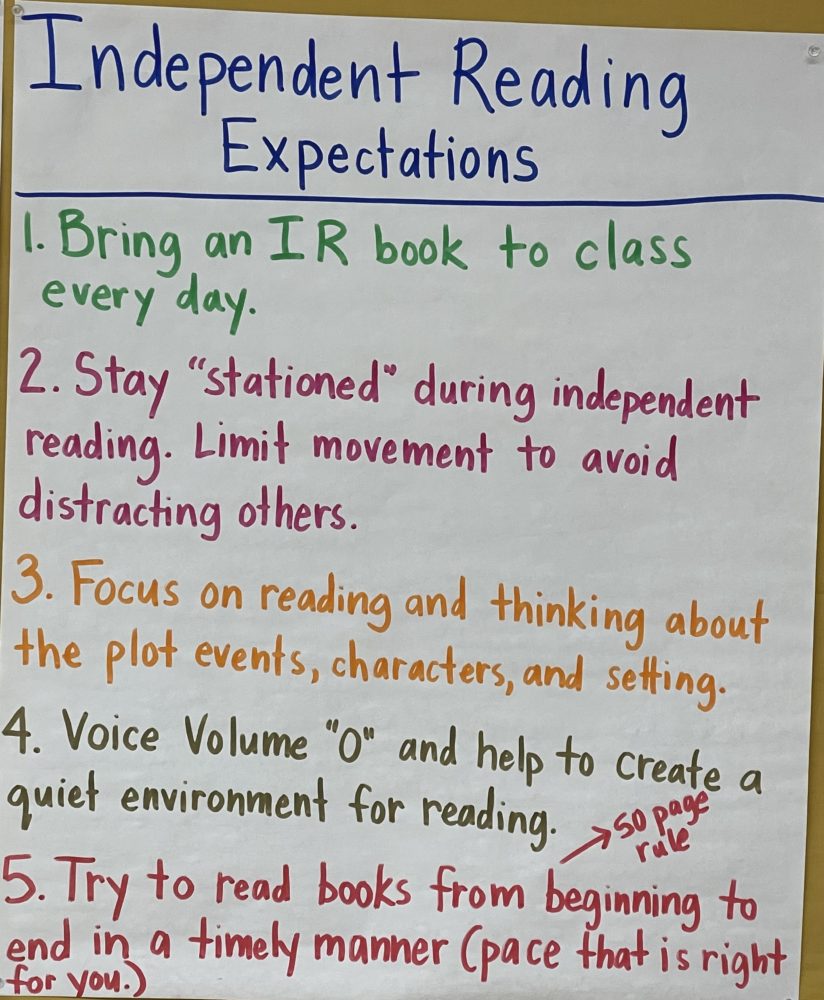
SIX: Make Your Classroom Library Accessible
At some point in their lives, there’s a chance that students have been made to feel fearful about checking out a book from a public library, school library, or classroom library. Maybe they’ve even lost a book and were publicly humiliated or have their “check-out rights” revoked for a long period of time. Another line I’ve heard a lot from students is, “I can’t check out a book because I’ll never finish it before it’s due.”
We can’t control the experiences that students have with book accessibility in other areas, but we can control what book accessibility is like for students with our classroom libraries. Here are a few ideas of how to make your classroom library enticing, welcoming, and accessible to students:
- Display new books, books that go with the theme of a unit, or students’ “five star read” recommendations for quick and easy access.
- Encourage students to check books out. This might sound silly, but give the action step of telling students they should check a book out. It might need the confidence boost/final push they need to actually do it.
- Give students ownership of what new books should be added to the classroom library by having them vote on several choices you’re considering. Another option would be to leave a suggestion box for students to add titles they’d like to see in the classroom library.
- Don’t have due dates. Make your classroom library a place students feel like they can check out a book and read it until they’re finished without a looming due date.
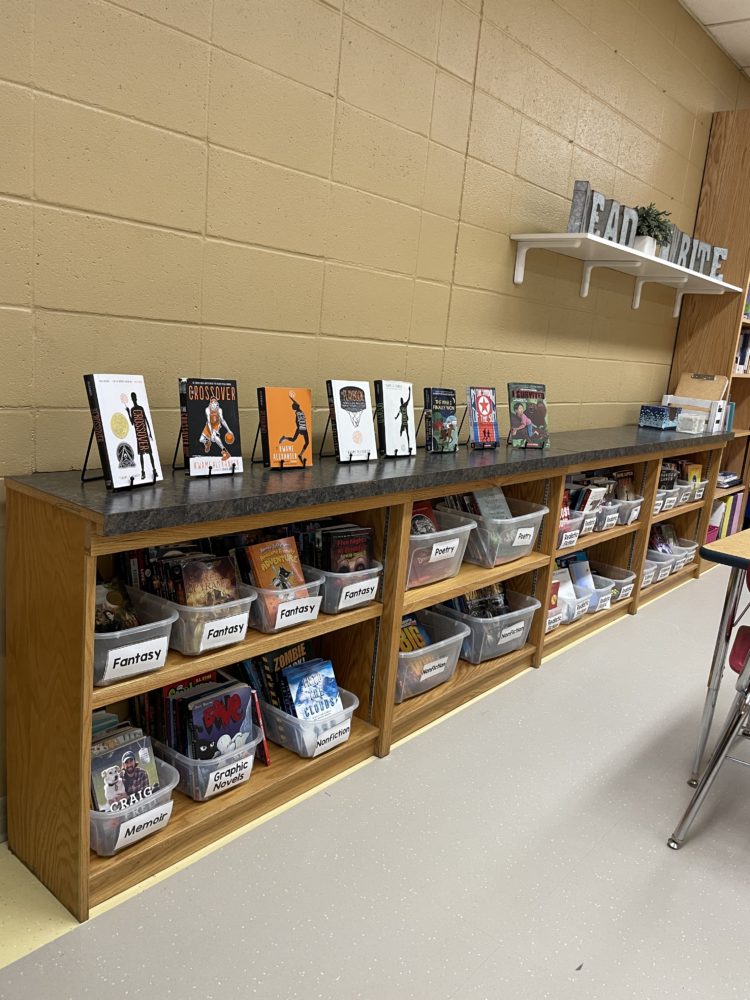
SEVEN: Encourage Community Resources
You never know where, when, or why students will check out a book. So make your classroom library as welcoming as possible, but don’t be offended if certain students never check out a book from it. That is why it’s important to partner and share other places students can checkout and acquire books.
If your school is in close proximity to a public library, get it contact with the librarian in charge of teen services. See if the librarian will send over flyers with services offered to middle school students, make a virtual presentation to share with students, or even come in for a day and speak with students about the resources offered. Our local public library has AMAZING resources for students in the summer months, including teen activities, a craft room, and hot lunch served three days a week. It works great to have a librarian come in at the end of the school year or to take students by bus to the library at the end of the school year to review these services. You also never know what kind of collaboration activities can emerge from reaching out to the public library. We always have our public library do a station at our annual Middle School Literacy Night.
Another great connection to foster is your relationship with your school librarian. At our school, every ELA class has a monthly library checkout time and our librarian presents a 10-minute presentation to get students interested in different types of books. It’s a consistent time for students to checkout books if that’s their preferred method. It also is a great time reminder for me to slow down and focus on independent reading with students for that day.
EIGHT: Use Interactive Read Aloud to Advertise What to Read Next
It never fails. Students get invested in the read aloud. Maybe it’s the shared experience with the other students in the classroom, the feeling of being read aloud to, or the quality of books chosen, but most students end up saying they loved the book. This is an easy place to influence students to read further. Here are a few ideas of ways to leverage the interactive read aloud.
- If the read aloud has a sequel or is a part of a series, have the sequel/other books in the series available for checkout in your classroom library. I usually buy several copies of the sequel, get students hyped up, and then draw names of students who get to read the sequel first and have a waitlist for students who want to read it next.
- Ask teachers from the grade level before you what their interactive read aloud books were and have copies of sequels/other books in the series available in your classroom library. When you’re making a book recommendation to a student who is struggling with what to read last this is an easy ask, “Did you like _______________ that you read as a read aloud book last year? I have the sequel to that book if you want to read it.” This is usually a slam dunk.
- Listening to a book as it’s read aloud is a different experience than reading the book independently. Have copies of the interactive read aloud book available in your classroom library for students who want to reread it independently.
- We’ve all checked out websites like “What to Read Next” when you enter a book title and it generates other book titles you should read next. Do that for interactive read aloud books by pulling books from your classroom library that are a by the same author, have a similar theme, are the same genre, have a similar plot or type of main character, etc. Tell students if they loved the read aloud, they’d probably like these books as well.

NINE: Student Sticky Note Book Recommendations in Classroom Library
Encourage students to leave sticky note book recommendations in books they loved before they return them to your classroom library. This can draw future students to this book. A recommendation from someone your age that may have similar interests and reading tastes as you goes a long way.
You can model this by sharing a few sticky note recommendations with students across the school year and leave a few of your own in books you love in your classroom library. Additionally. Leaving sticky notes and pens accessible for this purpose by your classroom library is helpful, too.
Here is an example of a sticky note book recommendation I wrote for Forget Me Not by Ellie Terry. Students could put the recommendations right on the book cover or inside the front cover. Whatever you think would work best.
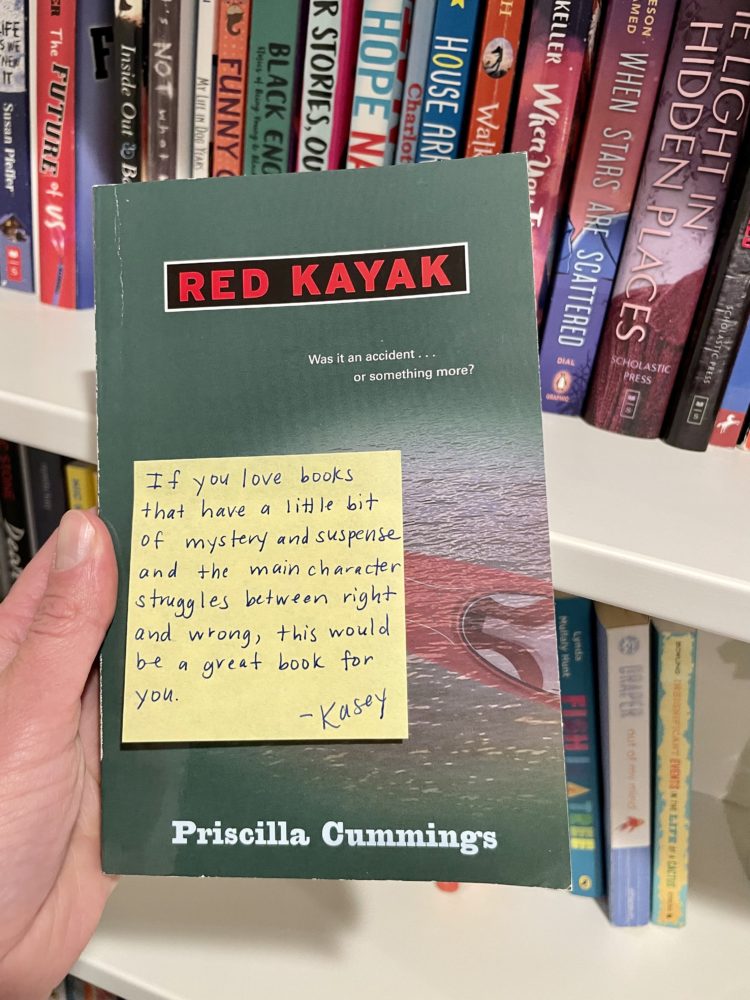
TEN: Have Students Promote Book Club/Literature Circle Books to Each Other
As a class starter after a reading unit, have groups of students promote their book club or literature circle book the students from the other book groups. The beauty of this is you already have all the books ready and accessible for students to checkout. For instance, When Stars Are Scattered is a book choice in one of our 6th grade reading units when we do literature circles, but by the end of the school year, I think 3/4 of my students had read the book, even if they weren’t in the original literature circle group. Here are a few different ideas for how to set up sharing formats for this.
- Assign student groups so there is one student from each book club/literature circle in a group in a jigsaw format. Each student presents what their book was about, reasons they would recommend the book, and what type of reader would enjoy the book.
- Have each book club/literature circle group present about their book to the entire class about the book and why they would recommend it.
- Have each book club/literature circle group make an anchor chart book advertisement and hang them around the classroom.
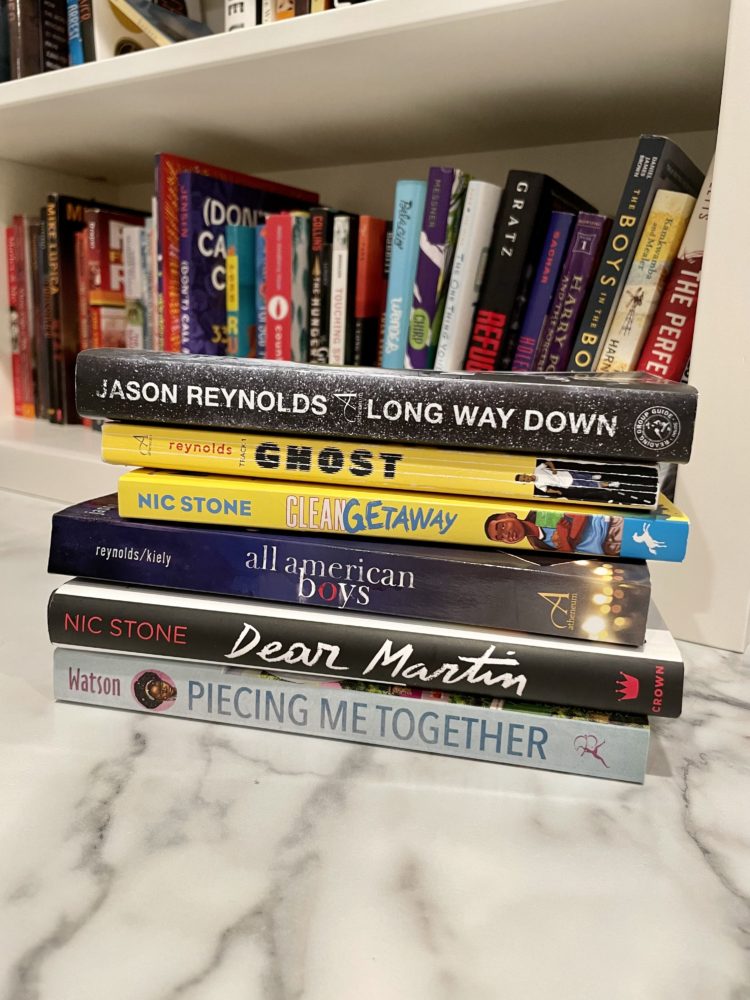
ELEVEN: Partner with Parents
The number one question I get asked at Parent-Teacher Conferences is, “What should my child be doing for homework for ELA?” My usual response is, “We have a daily exit ticket that most students finish during class time, but if students don’t finish it, their homework would be to get that done.” Over the years, I’ve added on to that response to say, “During reading units, students have assigned reading from a novel that they should be reading from daily. During writing units, students should have an independent reading book that they’re reading from 15 or more minutes each day.”
It’s easy to feel negative and hopeless when it comes to parent communication and just eliminate it all together and focus on what you can control within the four walls of your classroom, but sometimes we focus on what’s not working and don’t take the time to realize that a lot of parents and guardians actually do want to partner and communicate with us when it comes to their child’s reading.
That’s why I send a letter in email form home at the beginning of the school year to communicate about independent reading with parents. Click here to download a free Google Doc version of this parent letter to edit and send home in whatever format works best for you.
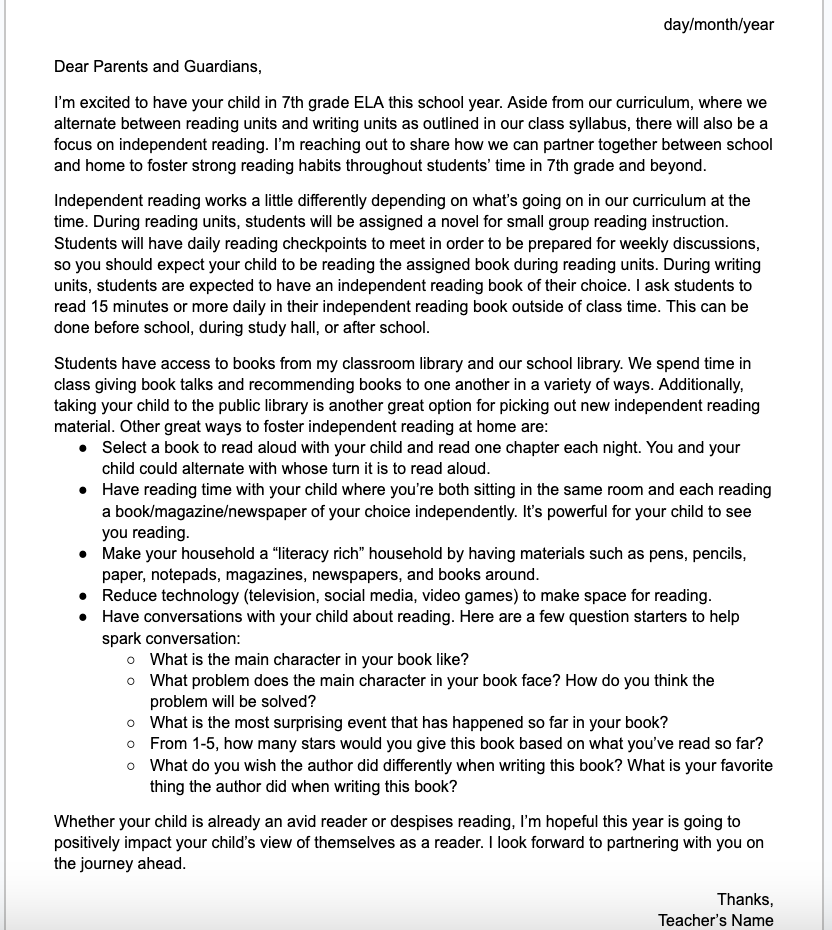
Final Thoughts
I hope one or more of these ideas resonated with you in some way. If we can hook more and more students into seeing themselves as readers who love books, so much positive can come out of that. Here is a reminder of the free downloads that were offered throughout this blog post:
- Our Class Five Star Reads (Google Slides template for each student in your class to add in a 5 star read to share with each other)
- Reading Challenge Tracker (Google Form template that allows students to keep a digital reading log of all they’ve read across the school year)
- Reading Status of the Class (Google Docs template that allows you to check-in with students about the progress they’re making in independent reading material)
- Parent Independent Reading Letter (Google Docs template that allows you to personalize a letter/email home to parents to explain the importance of independent reading)
Click here to access all of the free downloads mentioned above. My hope is that you can download these templates and use them in your classroom right away.





